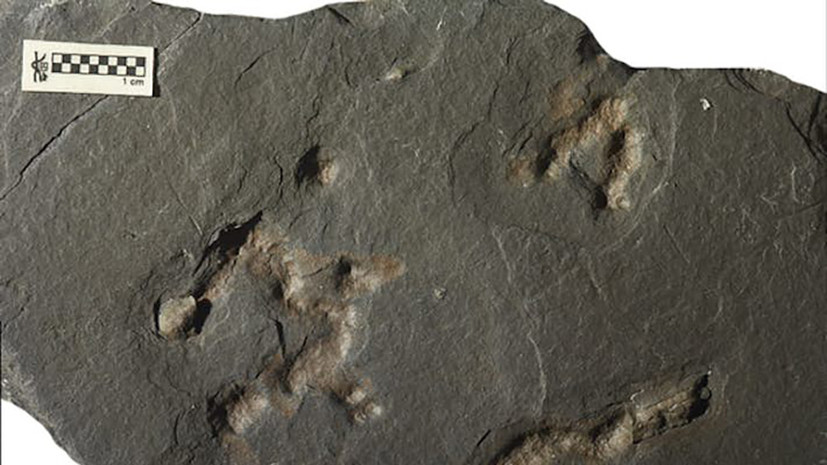European and Canadian paleontologists have found fossilized traces of ancient living organisms in the east of Gabon in sedimentary rocks that have the ability to move. Their age is 2.1 billion years. Previous similar findings indicate that the most ancient mobile organisms appeared on our planet about 570 million years ago.
Researchers believe that prehistoric creatures made tunnels in the ground with a diameter of about 6 mm and a length of up to 170 mm. Scientists believe that the traces found belong to a cluster of cells from which later worm-like multicellular organisms were formed.
During the Paleoproterozoic (2.5–1.6 billion years ago) in the east of modern Gabon there was a shallow shelf of sea rich in oxygen. According to paleontologists, ancient multicellular organisms moved across the seabed in search of nutrients produced by cyanobacteria.
The researchers noted that this behavior is typical for modern slizhevikov, who in search of food "gather" into a single multicellular organism.
After conducting a geochemical analysis of fossil footprints, the scientists were able to confirm the biological origin and the impressive age of mobile organisms. In addition, around the "tunnels" experts found traces of biofilms, which served as a kind of pasture for multicellular organisms.
According to scientists, 2.1 billion years ago, the level of oxygen on the planet has increased dramatically. It was during this period that the first moving organisms appeared on the planet. Researchers believe that this "anomalous" period lasted about 100 million years.
The authors of the study do not yet know whether this attempt to organize multicellular life was just an unsuccessful "experiment" of nature, interrupted by a sharp drop in the level of oxygen in the atmosphere. Or, perhaps, these organisms managed to survive in adverse conditions, thereby preparing the ground for the emergence of modern complex life forms.

